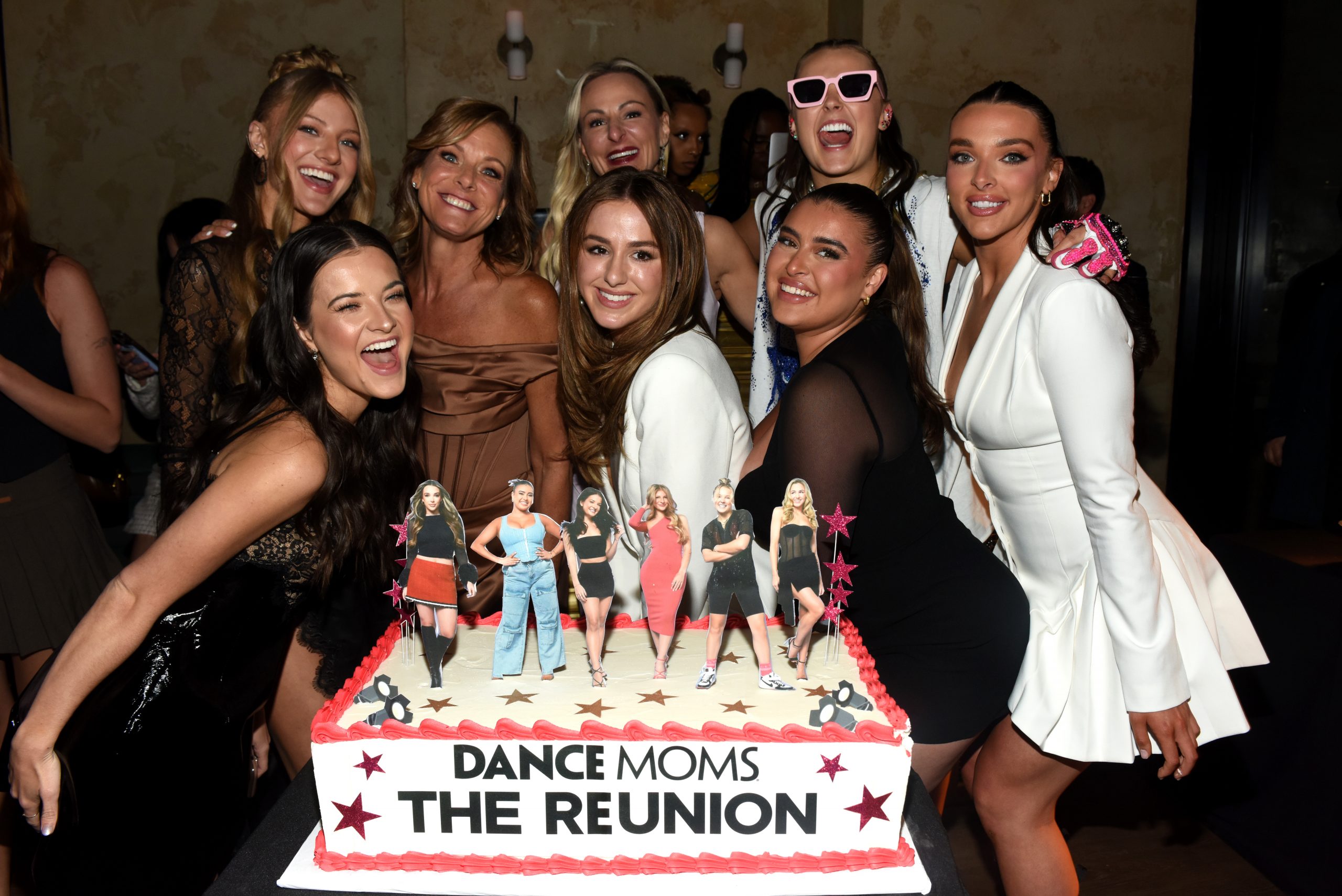How to Cope with Hair Loss During Cancer Journey
- “Dance Moms” star Kelly Hyland, 53, is in the beginning stages of her early-stage breast cancer journey. She’s received an outpouring of support from friends, family, and especially her children.
- As Hyland undergoes chemotherapy, she’s coping with the possibility of hair loss – one of the most emotional parts of a cancer journey because hair is so closely tied to your identity.
- Cryotherapy involves scalp-cooling devices approved by the U.S. Food and Drug Administration (FDA) for certain cancers, including breast cancer. It’s used before, during, and after chemotherapy. It works by constricting blood flow, thus limiting circulating chemotherapy from reaching hair follicles.
- If losing your hair is a concern before cancer treatment, know that you have options, such as wigs, hats, wraps, and scarves, to maintain your self-esteem.
- Patients are encouraged to seek a support group, talk to a mental health professional, and keep their support team connected with their care team.
“Dance Mom” star Kelly Hyland finds herself leaning on her family and children more than ever since learning she has breast cancer. As she begins treatment, which includes chemotherapy, the 53-year-old mom of three is also doing what she can to preserve her hair.

Hair loss is a commonly known stage of the cancer journey, but that doesn’t make it any easier to endure. For many people, their hair is an integral part of their identity, so losing it to cancer often takes an emotional toll. Despite this challenging reality, after treatment ends, hair usually regrows.
Read More
Then, shortly after dropping a few pounds, Kelly discovered a lump in her breast this past Spring, prompting an urgent doctor’s appointment.
“I booked myself a mammogram…I had just had one done eight months prior, and the results came back clean. However, this new mammogram and sonogram did not; it came back showing a mass,” Kelly explained.
Kelly was diagnosed with invasive carcinoma stage 1, grade 3. This type of breast cancer means it is in stage 1, and there is a small tumor in the breast, and no lymph nodes are impacted.
The grade of cancer is not the same as the stage of cancer. According to the National Cancer Institute, “Stage refers to how large a cancer tumor is and how far the cancer has spread.”
The grade of cancer is determined based on how normal or abnormal the cells look under a microscope. The more normal cells are low-grade, such as grade 1 or grade 2, meaning the cancer is “less aggressive” and likely to grow and spread slowly. However, if tissue samples under a microscope reveal more abnormal cells, the cancer is higher grade and tends to grow and spread more quickly, making it more aggressive.
Kelly was admittedly in shock after learning she had breast cancer.
“I went from clean results to a malignant mass in eight months!” Kelly said.
“I was shocked that it had grown that quickly and scared of the battle I knew I was about to face,” Kelly added.

Kelly called all of her children at once to tell them the news, which spooked them because of a family history of cancer.
“We lost my Nana to cancer in 2019,” Paige Hyland said.
“I understood the long road we had ahead of us, and it pained me to imagine my mother having to endure that same feeling,” Paige added.
Kelly’s son, Josh, tried to remain optimistic about his mom’s diagnosis.
“I feel very hopeful that it is only stage 1; I feel like she caught it quickly. I know my mom is strong enough to get through this,” Josh Hyland, 25, said.
Kelly says her family and work family on the reality TV show have been “extremely supportive.”
The reality TV star told her co-stars on “Dance Moms” about her diagnosis, and they all agreed to work around her treatment schedule.
“I’m very lucky to have such great friends and a flexible job that allows me to keep some normalcy during all of this,” Kelly explained.
Helping You Cope with Hair Loss During Treatment
Kelly’s Attempt to Preserve Her Hair During Cancer Treatment
Since beginning chemotherapy, Kelly has struggled to cope with the possibility of hair loss.
Chemotherapy can cause hair loss. It usually begins about three to four weeks after chemotherapy and continues throughout treatment.
WATCH: Hair loss during chemo.
It happens because this treatment targets quickly dividing cells throughout the body. That includes cancer cells but also hair cells.
Most patients can expect regrowth four to six weeks after treatment. However, it is possible when your hair grows back, you may notice some changes in its color and texture.
View this post on Instagram
Kelly turned to cryotherapy, which includes using a scalp-cooling device approved by the U.S. Food and Drug Administration (FDA). The device is designed to help preserve hair when used before, during, and after chemotherapy. It works by constricting blood flow, thus limiting circulating chemotherapy from reaching hair follicles.
Kelly has also explored wigs to help her cope with possible hair loss.
“Both the salon and my girls being there with me made me feel comfortable and more confident…as the thought of losing my hair has been hard for me,” Kelly explained.
WATCH: What is a scalp-cooling device?
Scalp-cooling devices have recently been approved by the FDA, first for breast cancer and then several other cancers. That means wearing cold caps or special cooling caps before, during, and after each chemotherapy treatment. The caps, which are tightly fitting and strap-on helmet-style, are filled with a gel coolant that’s chilled to between -15 and -40 degrees Fahrenheit.
Essentially, the caps “cause vasoconstriction, or a narrowing of the blood vessels bringing blood to the scalp,” Dr. Renata Urban, gynecologic oncologist at the University of Washington, explains.
By constricting the blood flow to the scalp, the caps limit the circulating chemotherapy that reaches the hair follicles, protecting them from some of the chemo’s damaging effects.
The cold also decreases the activity of the hair follicles, slowing down cell division and making the follicles less affected by the chemotherapy medicine.
Kelly’s Army of Support
“I hate feeling like I am inconveniencing anyone or being a burden in any way,” Kelly said as she continues to receive large amounts of support from family and friends during her cancer journey.
“I am quickly learning I am on a very long and tough road, so I am going to need to learn to accept people’s help because I am very lucky to have people that want to take care of me during this time,” Kelly said.
WATCH: WATCH: Seeking support after a diagnosis.
If you were recently diagnosed with cancer, you likely know about the wide range of emotions that news can bring.
However, a team of supporters can be most useful during these early stages. Your supporters can be close family members and friends or people from outside your inner circle.
“Some people don’t need to go outside of their family and friends circle. ” New York-based psychiatrist Dr. Lori Plutchik tells SurvivorNet if they feel like they have enough support there.
“But for people who feel like they need a little bit more, it is important to reach out to a mental health professional,” she added.
One benefit of having supporters is that they can help alleviate stress and anxiety following your diagnosis and advocate for you during treatment.
Learn more about SurvivorNet's rigorous medical review process.

